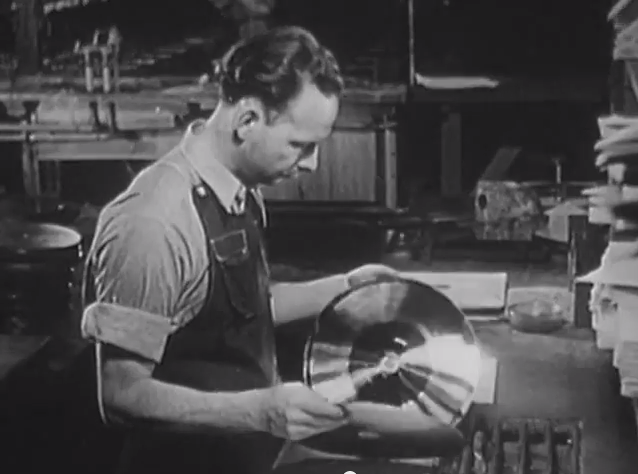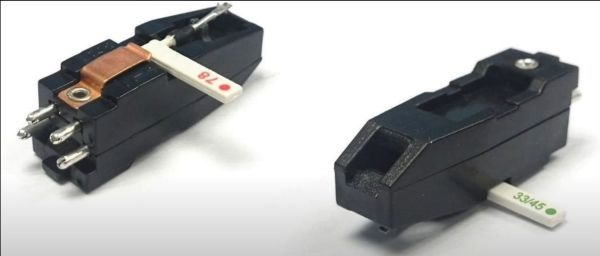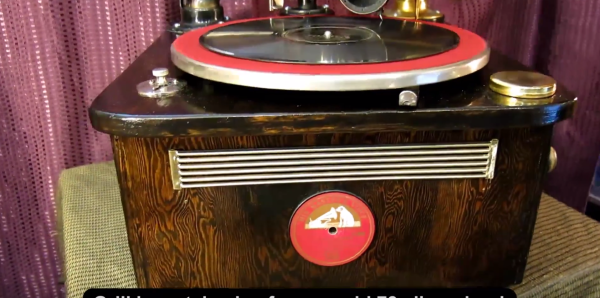Way to rub it in, guys. As it turns out, due to family and work obligations we won’t be able to see the next Great American Eclipse, at least not from anywhere near the path of totality, when it sweeps from Mexico into Canada on April 8. And that’s too bad, because compared to the eclipse back in 2017, “Eclipse 2: Solar Boogaloo” is occurring during a much more active phase in the solar cycle, with the potential for some pretty exciting viewing. The sun regularly belches out gigatons of plasma during coronal mass ejections (CMEs), most of which we can’t see with the naked eye because not only is staring at the sun not a great idea, but most of that activity occurs across the disk of the sun, obscuring the view in the background light. But during the eclipse, we — oops, you — might just get lucky enough to have a solar prominence erupt along the limb of the sun that will be visible during totality. The sun has been quite active lately, as reflected by the relatively high sunspot number, so even though it’s an outside chance, it’s certainly more likely than it was in 2017. Good luck out there. Continue reading “Hackaday Links: March 24, 2024”
shellac4 Articles
Playing 78 RPM Shellac Records: It’s Not Just About Speed
What is the difference between 78, 45, and 33 RPM records? Obviously most people would say the speed, which of course is true to a degree. But as [Techmoan] covers in a recent video, there’s a whole lot more to the playback of 78 RPM records. Especially the older type without so-called ‘microgrooves’. Even if you have a record player that can do 78 RPM speeds, you may have noticed that the sound is poor, with a lot of clicking and popping.
The primary reason for this is that on an average 78 RPM record, the groove containing the sound pattern is 3 mil (thousandth of an inch) wide, whereas the grooves on microgroove and 33/45 RPM records is a mere 1 mil wide. This difference translates into the stylus tip, which is comically undersized for the 3 mil grooves and ends up dragging somewhere in the very bottom of the groove, missing entirely out on the patterns etched higher up on the sides. This is why in the past styluses would often come in the flip-style version, as pictured above.
It’s also possible to purchase the mono, 3 mil styluses today from Audio-Technica and other well-known brands, requiring only to switch the stylus cartridge between playing sessions with different groove sizes. As [Techmoan] demonstrates in the video, the difference between a too small and just right stylus is night and day, but it reveals the second issue with playing records: equalization.
Virtually all records have some kind of equalization applied to the recorded audio, to balance out the imperfections of the recording medium. Upon playback, this effect is inverted, restoring the original signal as much as possible. Since 1954, the de facto standard has been RIAA equalization, and this is what the average record preamplifier also assumes you are using. Unfortunately, this means that for many records from around that time and before, the wrong equalization will be applied, as basically every publisher had their own standard.
In the video, [Techmoan] figures out a way to get an affordable way to playback these wide groove, 78 RPM records, and to dodge the RIAA equalization step by tapping directly into the signal from the cartridge. This would likely be a lot easier if one threw more money at the whole thing, but where is the fun in that?
Continue reading “Playing 78 RPM Shellac Records: It’s Not Just About Speed”
Wood Finish From Old Records
Next time you’re working on a project that needs a durable wood finish, don’t grab the polyurethane. Follow [Victor Ola’s] advice and raid your grandparent’s record cabinet for some old 78 records. Modern records are made from vinyl. The stiff, brittle old 78’s from the 1960’s and earlier were made from shellac. Shellac is a natural material secreted by the female lac bug. It can be thought of as a natural form of plastic and was used as such for years until man-made plastics became commodity items.
Older 78 RPM phonograph albums are usually made entirely from shellac. [Victor] started by taking a few old cracked records and pulverizing them with a hammer. The shellac crumbs were then poured into a mason jar along with some isopropyl alcohol. The alcohol dissolves the shellac, creating a thick goo. More alcohol will thin the slurry down to a paintable consistency. The mixture is then ready to be painted on any wood surface. Wiping off the excess will reveal the wood grain.
Shellac is normally amber in color. Records are black because carbon is added to the mix. This makes the shellac stain dark and makes it a flat finish. While it would be fine to leave it this way, [Victor] added a coat of lacquer over his shellac stain to achieve a glossy finish on his upcycled gramophone.
If you’re getting into woodworking, don’t worry – anyone can do it. Just make sure you have sharp tools.
Retrotechtacular: Wax On, Wax Off: How Records Are Made

In this 1942 tour of the RCA Victor plant in Camden, NJ, we see the complete record making process from the master cut production to the shipping of multiple 78RPM shellac pressings. The film centers around a recording of Strauss’ Blue Danube waltz as performed by the 1940s equivalent of studio musicians, the Victor Salon Orchestra.
The master record starts life as a thin layer of molten wax poured on to a hot circular plate in a dust-free room. Bubbles and impurities are blow torched out, and the wax is left to cool under a steel dome. This perfect disc is carefully passed to the recording studio through a special slot, where it is laid carefully beneath the cutting stylus.
Unlike today’s multi-track recording sessions, the master was cut from the performance of a complete band or orchestra all playing as they would in concert. The sound engineer was responsible for making fast changes on the fly to ensure sonic and groove width consistency.
After cutting, the delicate wax undergoes several phases of electrolysis that form the metal master. It is bombarded first with pure gold and then twice with copper sulfate to build a sturdy disc. The copper ionization process also ensures high fidelity in the final product.
Although mighty, this master won’t last long enough to make all the necessary pressings, so a mother matrix is made. This is a negative image of the master. The mother is formed by electrolytically bathing the master in nickel, and then adding a thin film of some indeterminate substance. Another copper bath, and mother emerges. As soon as possible, the master is separated and whisked away to the storage vault.
Since a positive image is needed for pressing, a stamping matrix is made. Mother gets a nickel bath for durability, and then a copper bath to form the stamping matrix. Many stampers are created so that several records can be pressed at once. These images get a chromium plating to help them last through many pressings.
Continue reading “Retrotechtacular: Wax On, Wax Off: How Records Are Made”














